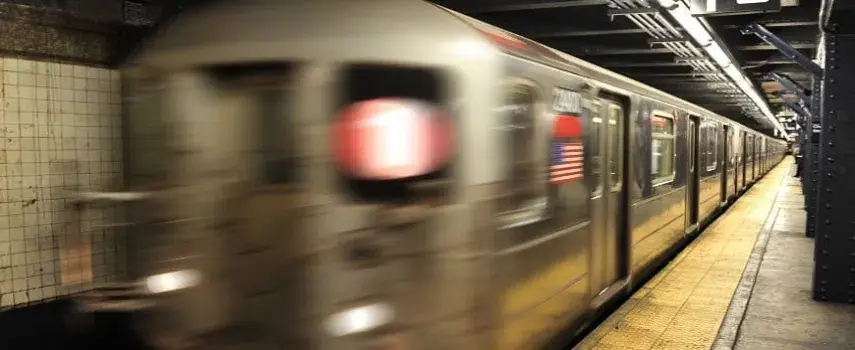Injured NYC Passengers didn’t expect to be casualties in today’s NYC Subway Fire that broke out in Harlem. 19 people were injured including 1 death. Fire marshals are questioning a person of interest after a deadly subway fire occurred early this morning in Harlem. The tragedy below ground killed an A train operator. Plumes of smoke could be seen above ground. The inside of the second car of a northbound 2 train was totally destroyed by the fire. Seats and lights were completely melted, with only metal and black ash left. The MTA says that the train pulled into the 110th street central park north station around 3 am.
What Happened Exactly?

Firefighters evacuated people who were on board a train that was behind the one that caught fire. Passengers were guided safely through the tunnel to an emergency exit. The police are launching a criminal investigation into this incident because it isn’t believed that this started as an accident.
There were other fires that have a possible connection to these on 86th street and 96th street. Proper safety precautions may not have taken place as the scene is unlikely to be proclaimed as an accident. The MTA operator found dead on the tracks is being hailed as a hero after he safely led passengers out of the burning train.
Garrett Goble was from Brooklyn and was found unconscious when first responders came on the scene. He was determined dead at a nearby hospital. A subway car graffiti memorial is commemorating Goble for his heroism and sacrifice for the lives of passengers.
NYC Firefighters had also suffered minor injuries and were taken to the hospital right after. If you find yourself or someone you know in a similar situation, do not hesitate to reach out to a NYC Lawyer right away. We are here to help.




